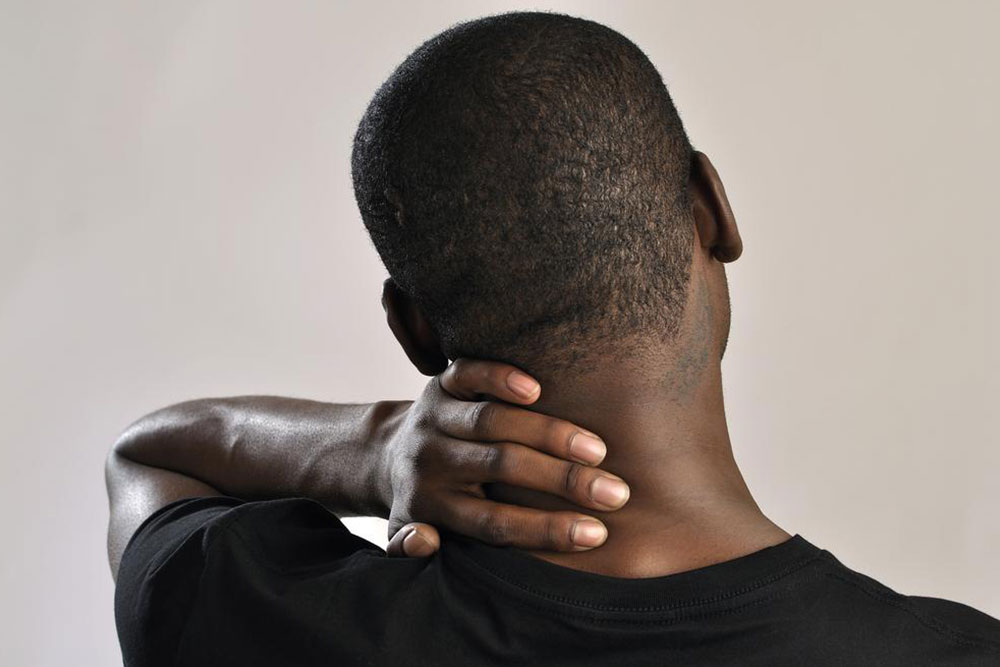Here are some of the causes of neck pain
The neck consists of vertebrae, which extends from the skull to the upper torso. The shock between the bones is absorbed by the cervical disc. The ligaments, muscles and the bones of your neck support the head and its motion. Generally, neck pain is caused by any inflammation, injury or abnormalities in the neck region.
Sometimes due to poor posture, people feel pain in the neck. But with proper rest, the pain subsides in few days.

What causes neck pain?
Normal neck pain or the stiffness in the neck is caused by many reasons including:
- Bad posture
- Working for too long at a desk without changing positions
- Sleeping in the wrong position
- Neck jerking during workouts
The neck is prone to serious injury during sports, accidents and falls where the ligaments and the muscles of the neck move forcefully out of their normal range.
Conditions like rheumatoid arthritis where the joints and the bone spur swell, osteoporosis where the bones are weakened, fibromyalgia where you feel pain in the muscles throughout the body, cervical disc degeneration, and spinal stenosis can cause severe pain the neck.
What does prolonged neck pain mean?
If you do not experience neck pain relief in a week’s time, it means there is some underlying medical problem that needs immediate attention. Neck pain followed by shortness of breath, vomiting, nausea, sweating, and pain in the jaw or arm can mean heart attack. Let your friends and family know of your condition and rush to emergency immediately.
If you feel stiffness in the neck along with a headache and fever that does not come down, you may have meningitis. Meningitis is a condition where the thin tissue around the brain and the spinal cord gets inflamed. This condition can be fatal and need medical attention as early as possible.
Treatment for neck pain
Neck pain relief is quite achievable when you know how to deal with it. Normal neck pain can be treated at home with some remedies. You can use pain relievers and also try using heat or ice. This will help you ease the pain to a great extent. Apply a heating pad on the painful area on low setting for 15 to 20 minutes every 3 hours. You can also use single-use heat wraps. Similarly, you can also use an ice pack for 15 minutes once in every 3 hours.
Once you start feeling better, get back to your normal routine slowly. Avoid heavy activities and exercises until you start feeling normal again.